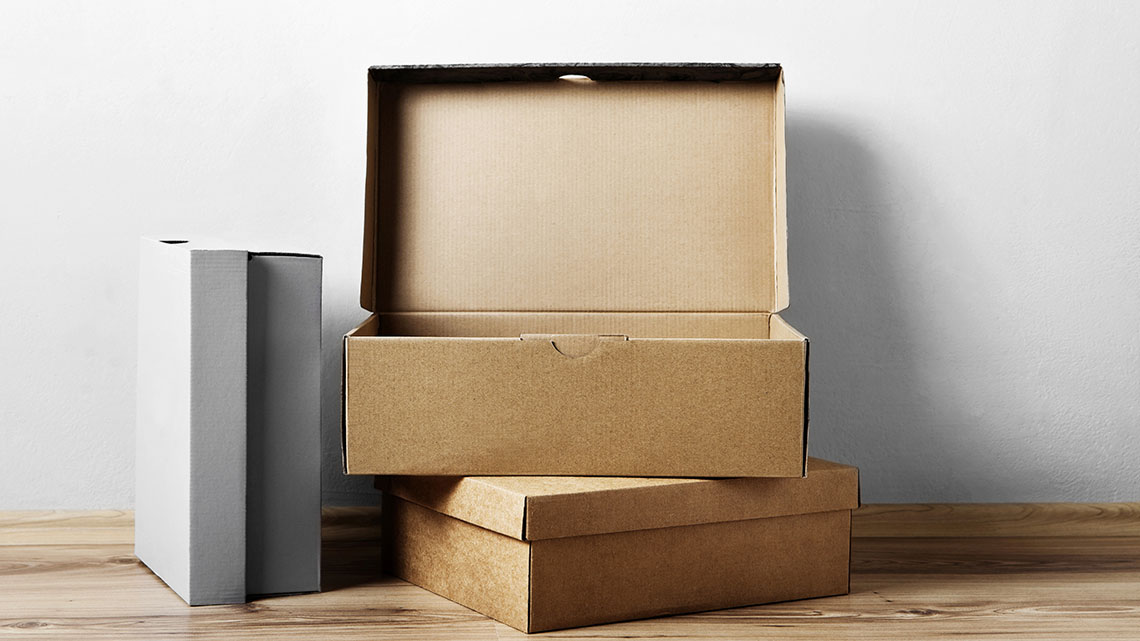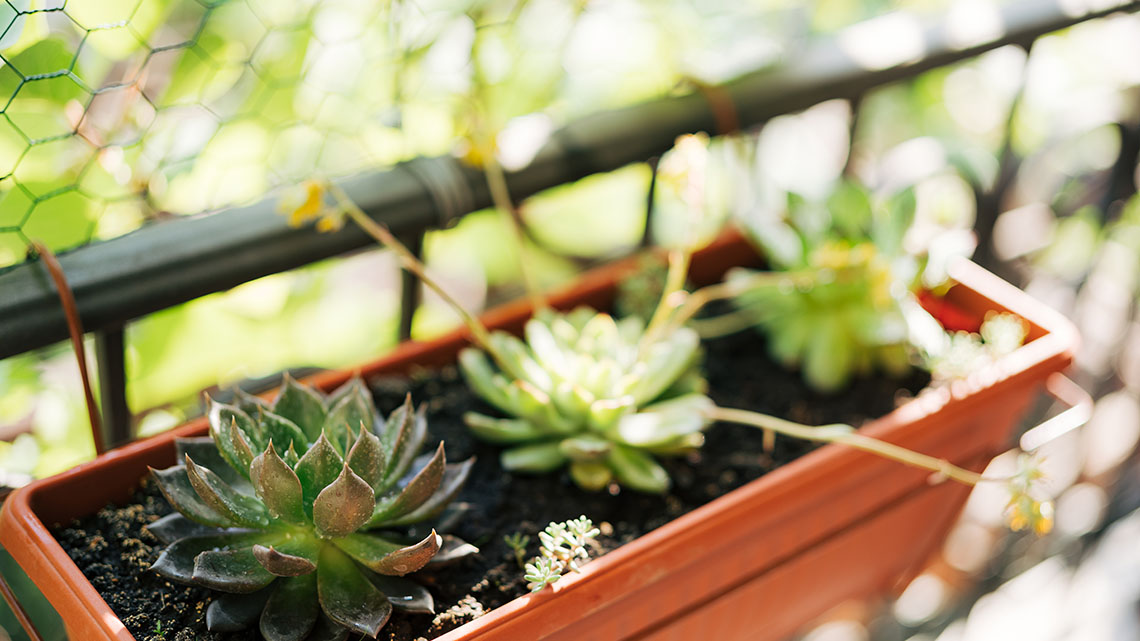Minds On
Volume and capacity
Explore the following objects and consider the similarities and differences. Record your ideas using a method of your choice.
Volume
Investigate the dimensions of a single cube. If the cube is 1 unit long, 1 unit wide, and 1 unit high, then its volume would be identified as 1 unit³ or 1 unit cubed. The formula to calculate volume of a rectangular prism is length × width × height.
Explore how the volume of a cube changes as its length, width, and height change. Press “Volume” and enter a number to calculate the volume of the cube.
Now, construct a 3 × 4 × 6 arrangement of cubes using a 1 × 1 × 1 linking cube such as the red one. What is the volume of this configuration?
Use linking cubes, digital manipulatives, or a method of your choice to explain your thoughts as you construct a 3 x 4 x 6 arrangement of cubes.
- What is the length?
- What is the height?
- What is the width?

Press ‘Answer’ to reveal the the solution to these questions.
The volume is 72 units cubed.
The length could be 3 units.
The height could be 4 units and the width could be 6 units.
Any of the three numbers could represent any of the dimensions, though often the length is greater than the width.

How is this box different from the array of cubes? How is it similar? How do you think their volumes will compare?

Action
Calculations with volume and capacity
Volume and capacity are not the same thing. An object will always take up space (volume), but it may not have capacity. A solid, for example, has volume but no capacity.
The capacity of an object will also depend on its design; it may not be the same as the volume.
Investigating store flyers – calculating volume

The local hardware store is selling plastic shoe boxes with lids. The website shows that the boxes have the following dimensions:
34 cm × 20 cm × 10 cm
- Sketch this box, or label the image, or using a method of your choice record a description to identify which dimension goes with each side. Remember to use estimation to help you determine if your answer is reasonable.
Press ‘Answer’ to reveal the labelled box.

- Calculate the volume of the box using the formula: Volume = length × width × height. You might have to investigate the relationship between mL and cm³ and think about how many mL are in one L.
Note: 1 cm³ = 1 mL.
- If the website advertises this shoe box as a 6L container, is the information correct based on your calculations? Why or why not? Explain your thinking.
Press ‘Answer’ to reveal the volume of the shoe box.
The volume of the shoe box is 6,800 cm³.
I know that 1 cm³= 1 mL.
6,800 cm³ = 6,800 mL.
I also know there are 1,000 mL in a L.
6,800 mL = 6.8 L
I think the website could be correct saying that the plastic shoe box is a 6 L container because the volume and capacity won’t be exactly the same. The thickness of the plastic would need to be taken in to account.
Investigating containers–estimating capacity
Consider the following household items and estimate how many of each, or what combination you need to show 6 L capacity?
- 500 mL water bottle
- 1 L water bottle
- 2 L milk carton
- 4 L bag of milk
Press 'Sample Response' to reveal a solution to the problem.
Brainstorm
Brainstorm
Consider the following questions and recording your thinking.
- How are the volume and capacity of the shoebox so different from the water bottles, milk carton and milk bag?
- How would understanding volume and capacity help you when shopping?
Consolidation
Community garden planters
The city is planning to build a new community garden. They will be using rectangular planters. Each planter must have a volume no greater than 8,000 cm3.
- What size planters could they build?
- How can you use the volume to help you calculate the capacity of each planter?
Press 'Remember' to reveal a tip to help solve the problem.

Filling them up
The planters have a length of 30 cm, a width of 20 cm and a depth of 13 cm. If the wood they used to build the planters is 2 cm thick, what is the maximum capacity of dirt they will need to fill each planter?

Reflection
As you read the following descriptions, select the one that best describes your current understanding of the learning in this activity. Press the corresponding button once you have made your choice.
I feel...
Now, expand on your ideas by recording your thoughts using a voice recorder, speech-to-text, or writing tool.
When you review your notes on this learning activity later, reflect on whether you would select a different description based on your further review of the material in this learning activity.
Connect with a TVO Mathify tutor
Think of TVO Mathify as your own personalized math coach, here to support your learning at home. Press ‘TVO Mathify’ to connect with an Ontario Certified Teacher math tutor of your choice. You will need a TVO Mathify login to access this resource.
TVO Mathify (Opens in a new window)






